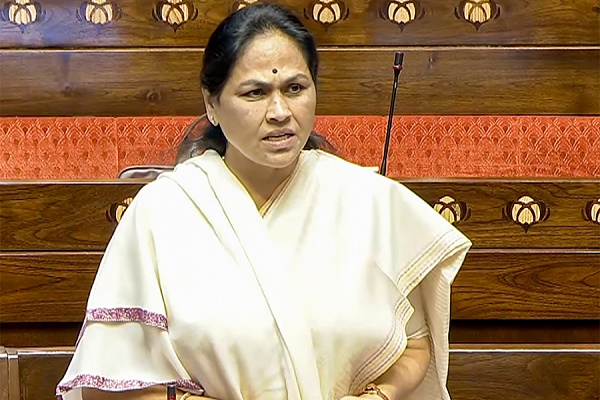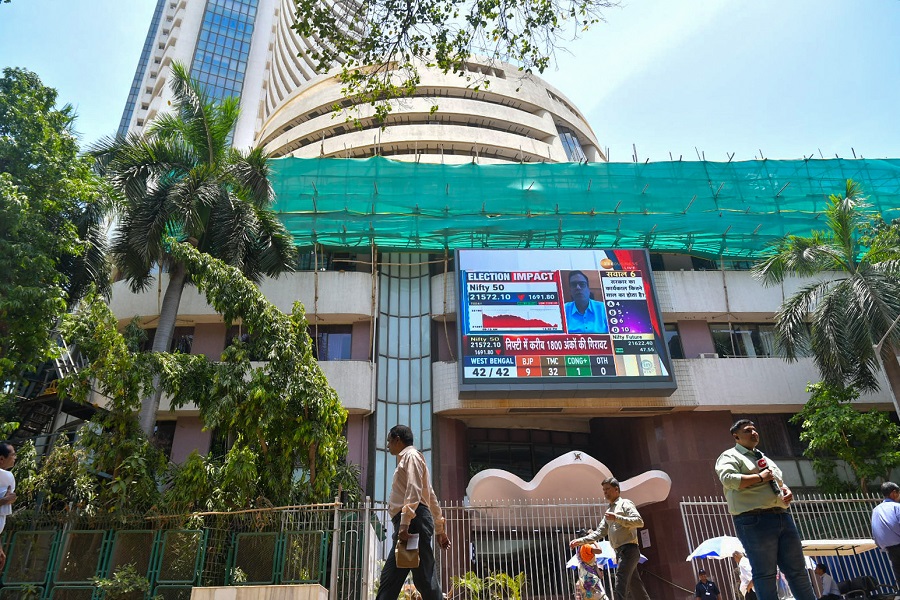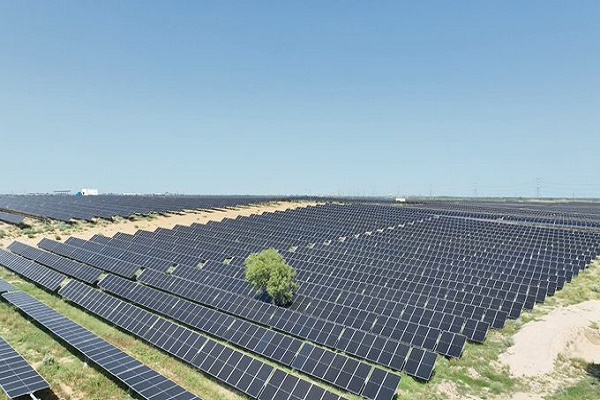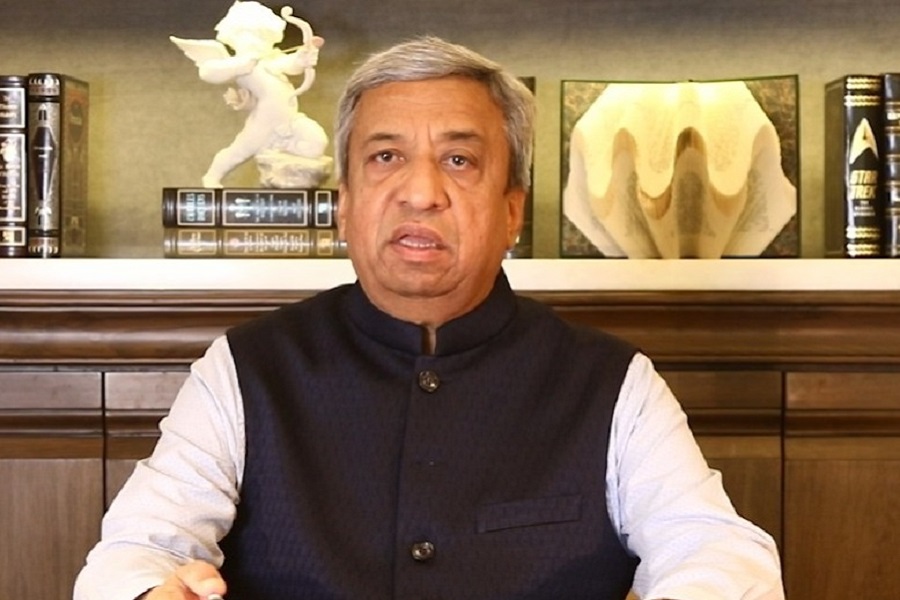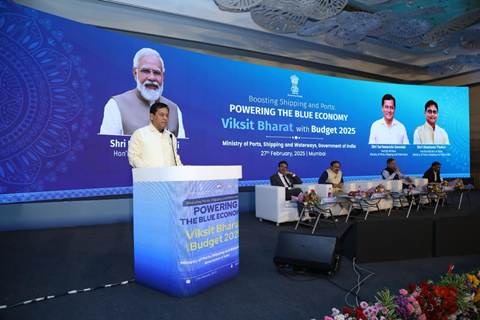India's Rooftop Solar Market to reach 25-30 GW by FY27 - CareEdge Ratings

Synopsis
* India’s rooftop solar market is on a robust growth trajectory, driven by increasing energy costs, supportive government policies, and growing corporate commitments toward sustainability.
* The market is expected to grow at a CAGR of 33% from FY25 to FY27, with the total installed rooftop capacity projected to grow from 17 GW in FY25 to ~30 GW by FY27. Gujarat and Maharashtra together account for nearly 41% and 23% share, respectively, in the total installed capacity for rooftop solar.
* The Commercial & Industrial (C&I) segment is expected to play a pivotal role in the growing rooftop solar installations across India.
India’s Solar Energy Surge
India’s rooftop solar energy capacity is projected to surge, rising from 17 GW to an estimated 25–30 GW between FY25 and FY27. This growth showcases a strong momentum in the sector. The expansion is driven by India’s broader energy transition goals, with solar power emerging as a central pillar in the country’s clean energy roadmap. With a total renewable capacity of 220 GW as of FY25 and a national target of 300 GW solar capacity by 2030.
Rooftop solar, particularly in the Commercial & Industrial (C&I) segment, is expected to play a pivotal role in this growth. As of FY25, India’s rooftop solar capacity stood at 17.02 GW, and increasing awareness among businesses about reducing operating costs and meeting sustainability targets is fuelling adoption. Government incentives, reducing technology costs, and policy support such as net metering and PLI schemes are expected to further accelerate deployment. Overall, the FY27 projection underscores a transformative phase for India’s solar industry, setting the foundation for sustained expansion through the end of the decade.
Chart 1: India Rooftop Solar Market Size

Source: MNRE, CareEdge Research; P: Projected; Data refers to Cumulative Capacity; FY23 data not available
PM Surya Ghar Yojana: Energising Residential Rooftop Adoption
The PM Surya Ghar: Muft Bijli Yojana, aimed at installing rooftop solar in 1 crore households with subsidies up to Rs 78,000, is expected to provide strong support to residential adoption. The scheme not only supports low and middleincome households by reducing their electricity bills but also aims to create nearly 17 lakh jobs, boosting the solar value chain. Recently, rooftop solar initiative has achieved a historic milestone with 10 lakh installations as of 10th March 2025.
Chart 2: Top 5 states benefiting most from PM Surya Ghar: Muft Bijli Yojana.

Source: PIB, Ministry of New and Renewable Energy
Note: This data is of January 2025
State-Level Dynamics:
Gujarat remains a leader due to its progressive “Surya Gujarat” program, while Maharashtra has seen strong C&I demand, especially from MSMEs and urban commercial hubs. Other high-potential states include:
* Rajasthan: Rajasthan has strong sunlight and growing industrial needs, offering plenty of room for solar power growth.
* Tamil Nadu & Karnataka: Strong C&I base, and policy support could push capacity growth.
* Uttar Pradesh & Bihar: Recent state-level rooftop solar policies, including simplified net metering and increased subsidy awareness are expected to drive higher residential adoption in these states.
Rooftop Solar: A Key Growth Driver in India’s Energy Transition
The rooftop solar segment which currently holds around 20% share of India’s solar mix is gaining importance due to its distributed nature and direct consumer engagement. This is despite utility-scale solar being the dominant contributor.
* Residential Segment: Subsidies by the central government, state-level net metering policies, and growing electricity bills have collectively resulted in increasing traction for the residential solar segment. States like Gujarat and Maharashtra have led the way, accounting for more than 45% of total rooftop capacity due to proactive DISCOM engagement and strong state incentives.
* C&I Segment: To meet sustainability mandates and rising grid tariffs have encouraged industrial and commercial users to adopt rooftop solar. This segment continues to dominate the market with 66% share. Payback periods of 3–5 years, falling module prices, and innovative financing models are catalysing adoption in sectors like textiles, pharmaceuticals, retail, and data centres.
Chart 3: Average market split for Rooftop Solar Market (FY24)

Source: IEEFA, CareEdge Research *C&I includes government segments as well
CareEdge Advisory Overview
The growth of rooftop solar market in India has witnessed accelerated growth in the recent years. With strong policy backing, falling costs, and growing consumer interest, it is set to emerge as a key pillar in India's renewable energy transition. As residential rooftop installations continue to evolve, the governments push through various schemes which is expected to broaden the base beyond industrial installations. "Rooftop solar installations in India have gained momentum. With the growing C&I demand backed by an improving policy ecosystem, we expect the market to reach nearly 25-30 GW over the next two years," said Tanvi Shah, Director at CareEdge Advisory & Research.
Above views are of the author and not of the website kindly read disclaimer






